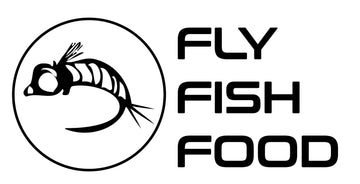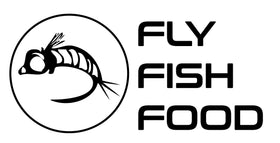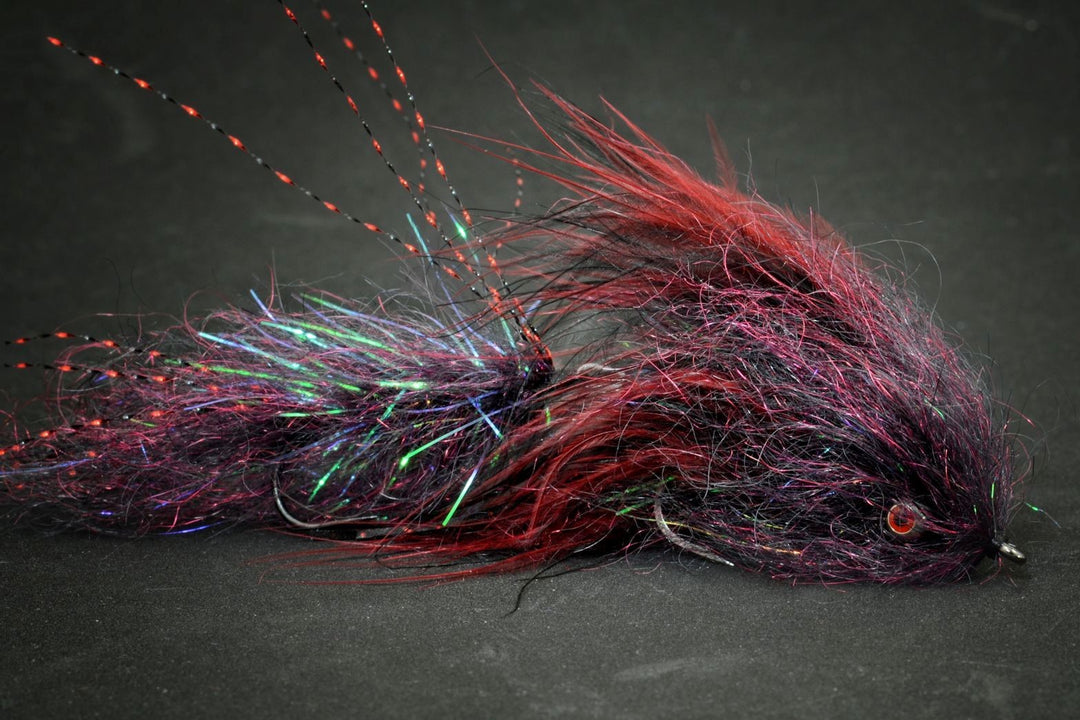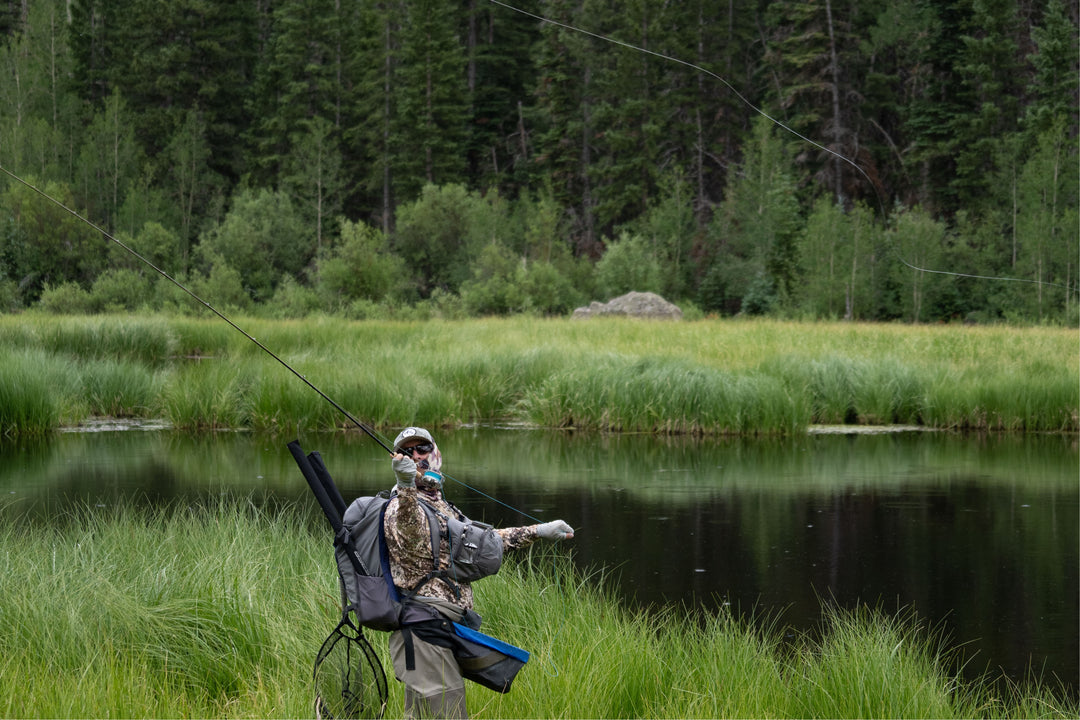Davidson River Fly Fishing Report - August 8/23/2025
DAVIDSON RIVER FLY FISHING REPORT
Pisgah National Forest — Western North Carolina
Report Date: August 23, 2025 | Next Update: August 30, 2025
Current River Conditions
Fish are responsive after recent cool rain. Lower daytime temperatures and a few showers have bumped insect activity and made trout more willing to move. Expect good sight-fishing opportunities and solid dry-fly windows.
Flows & Clarity
Flow: Low-to-moderate for late summer (normal baseflows; variable after showers)
Clarity: Mostly clear — occasional light stain below tributary inflows after rain
Note: Watch the Pisgah Hatchery reach for clearer, calmer water and big tailwater pools.
Flow: Low-to-moderate for late summer (normal baseflows; variable after showers)
Clarity: Mostly clear — occasional light stain below tributary inflows after rain
Note: Watch the Pisgah Hatchery reach for clearer, calmer water and big tailwater pools.
Water Temperature
Current: ~54°F (12°C) morning; afternoons can climb into upper 50s after sun
Range: mid 50s typical this week
Trend: Cooling trend after earlier heat — good for trout activity
Current: ~54°F (12°C) morning; afternoons can climb into upper 50s after sun
Range: mid 50s typical this week
Trend: Cooling trend after earlier heat — good for trout activity
Weather
Forecast: Cool mornings, partly cloudy to sunny days, spotty afternoon showers possible
Wind: Light–moderate; variable in the canyon sections
Fishing windows are best late-morning through late afternoon when hatches rise.
Forecast: Cool mornings, partly cloudy to sunny days, spotty afternoon showers possible
Wind: Light–moderate; variable in the canyon sections
Fishing windows are best late-morning through late afternoon when hatches rise.
Access & Pressure
Banks & trails: All main access points open; stay on trails and parking rules in Pisgah
Pressure: Moderate — popular with local anglers and guides, especially near the hatchery pools
Banks & trails: All main access points open; stay on trails and parking rules in Pisgah
Pressure: Moderate — popular with local anglers and guides, especially near the hatchery pools
Hatch Chart & Insect Activity
| Insect | Size | Activity Level | Prime Time |
|---|---|---|---|
| Midges (adult & emergers) | #18–24 | Consistent ⭐⭐⭐ | All day (best in calm pockets) |
| PMDs (Light Sulfurs) | #14–18 | Moderate ⭐⭐⭐ | Late morning to early afternoon |
| Green Drakes / Larger mayflies | #10–12 | Light–moderate ⭐⭐ | Midday pocket rises |
| Caddis (adults & skittering) | #14–18 | Moderate ⭐⭐⭐ | Evening & dusk |
| Stoneflies / Salmonfly-type bugs | #4–10 | Light to spotty ⭐⭐ | Afternoon on warmer banks (check rock edges) |
Recommended Flies (local patterns & links)
Match your rig to the hatch window. Below are tested patterns (from our fly sheet) that consistently work on Davidson River in late August.
Dry Flies & Terrestrials
- Libby's Salmonfly — big attractor for stonefly/salmonfly sightings (#4–8).
- Parachute Adams — the reliable mayfly/attractor to cover mixed rises (#12–18).
- Split Case — PMD and Stealth Link PMD — for Sulphur/PMD windows (#14–18).
- Corn-fed Caddis (CDC) and Olsen's Foam Front-End Loader Caddis — skittering and emergers (#14–18).
- Bionic Hopper — Tan — excellent for bank-hopped terrestrials and late-summer surface grabs.
Nymphs & Subsurface
- Tungsten Pat's Rubber Legs — go-to for stonefly nymphing in pockets and seams (#4–10).
- Pheasant Tail (Tungsten) — universal mayfly nymph (dropper or point fly).
- Black Zebra Midge (TBH) and Redneck Midge — fish midge clusters and slow seams (#18–22).
- Egan's Warrior Perdigon and Olsen's Diabaetis Perdigon — for tight, fast drifts and picky trout.
- Soft Hackle Pheasant Tail Jig — subtle emergers and soft-hackle swings along rock edges.
Streamers & Big Patterns
- Coffey's Articulated Sparkle Minnow — Sculpin — deadly in deep pools and current seams.
- Sculpzilla — Natural — sculpin profile for territorial strikes.
- Cheech Leech — Black and Tungsten Jig Bugger — Olive (barbless) — work slow retrieves in deeper runs.
- Galloup's Dungeon — Olive — articulated profiles for aggressive fish in broader pools.
Tactics & Local Tips
Morning: Start with small midge patterns and tight, slow nymph drifts in riffles and behind rocks. Indicator or euro-nymph setups with a micro-perdigon as the point fly will pick up the picky fish.
Midday: Watch for PMD and green drake activity. If you see surface sipping, downsize to #14–18 dries or a well-pinned emerger. Use long, delicate leaders and 6X–7X tippet on visible rises.
Afternoon: Look for stonefly/large mayfly activity along sunny banks and pocket water — switch to larger rubber-legged nymphs or a salmonfly pattern when you see big bug traffic.
Evening: Caddis skittering and dusk rises can be explosive — a CDC caddis or skittering pattern fished low and fast will produce great takes.
Streamer Play: Fish streamers in low-light or after rain when trout are willing to chase. Strip-pause retrieves that bounce off structure are particularly effective.
Midday: Watch for PMD and green drake activity. If you see surface sipping, downsize to #14–18 dries or a well-pinned emerger. Use long, delicate leaders and 6X–7X tippet on visible rises.
Afternoon: Look for stonefly/large mayfly activity along sunny banks and pocket water — switch to larger rubber-legged nymphs or a salmonfly pattern when you see big bug traffic.
Evening: Caddis skittering and dusk rises can be explosive — a CDC caddis or skittering pattern fished low and fast will produce great takes.
Streamer Play: Fish streamers in low-light or after rain when trout are willing to chase. Strip-pause retrieves that bounce off structure are particularly effective.
Regulations & Stewardship
Regulations:
The upper Davidson River (from the headwaters downstream toward Avery Creek) is managed as a wild trout, fly-fishing-only and catch-and-release section in many stretches. Pay attention to posted boundaries and bag/tackle rules near the hatchery areas.
Leave No Trace: Use barbless hooks where possible, pack out all trash, stick to trails, and limit bank crowding — the Davidson is a pressured but fragile fishery; smart angling keeps it healthy.
The upper Davidson River (from the headwaters downstream toward Avery Creek) is managed as a wild trout, fly-fishing-only and catch-and-release section in many stretches. Pay attention to posted boundaries and bag/tackle rules near the hatchery areas.
Leave No Trace: Use barbless hooks where possible, pack out all trash, stick to trails, and limit bank crowding — the Davidson is a pressured but fragile fishery; smart angling keeps it healthy.
Where to Fish Today
| Section | Why Fish It | Best Tactics |
|---|---|---|
| Upper Davidson (near headwaters) | Clear water, technical sight fishing, wild browns and rainbows | Midges, small nymph rigs, light tippet, careful approaches |
| Hatchery Pools | Big tailwater pools and deep seams — good streamer/large nymph water | Streamer swings, rubber-leg stonefly nymphs, heavy flies on a sink tip |
| Lower Reaches | More pressure, but steady rises and good evening caddis activity | PMDs, caddis dries, hopper-dropper rigs at dusk |
Quick Checklist Before You Go
- Leader: 9'–10' tapered leader; 4X–6X for most dries; 6X–7X on selective rises.
- Tippet & Rigs: Indicator or euro-nymph setup for mornings; double nymph rig (heavy point) for deep seams.
- Flies to pack: black zebra midge, pheasant tail (tungsten), Libby's salmonfly, sculpin streamer, a PMD and a CDC caddis.
- Parking & etiquette: Use designated lots, carpool if possible, and give anglers downstream space.




